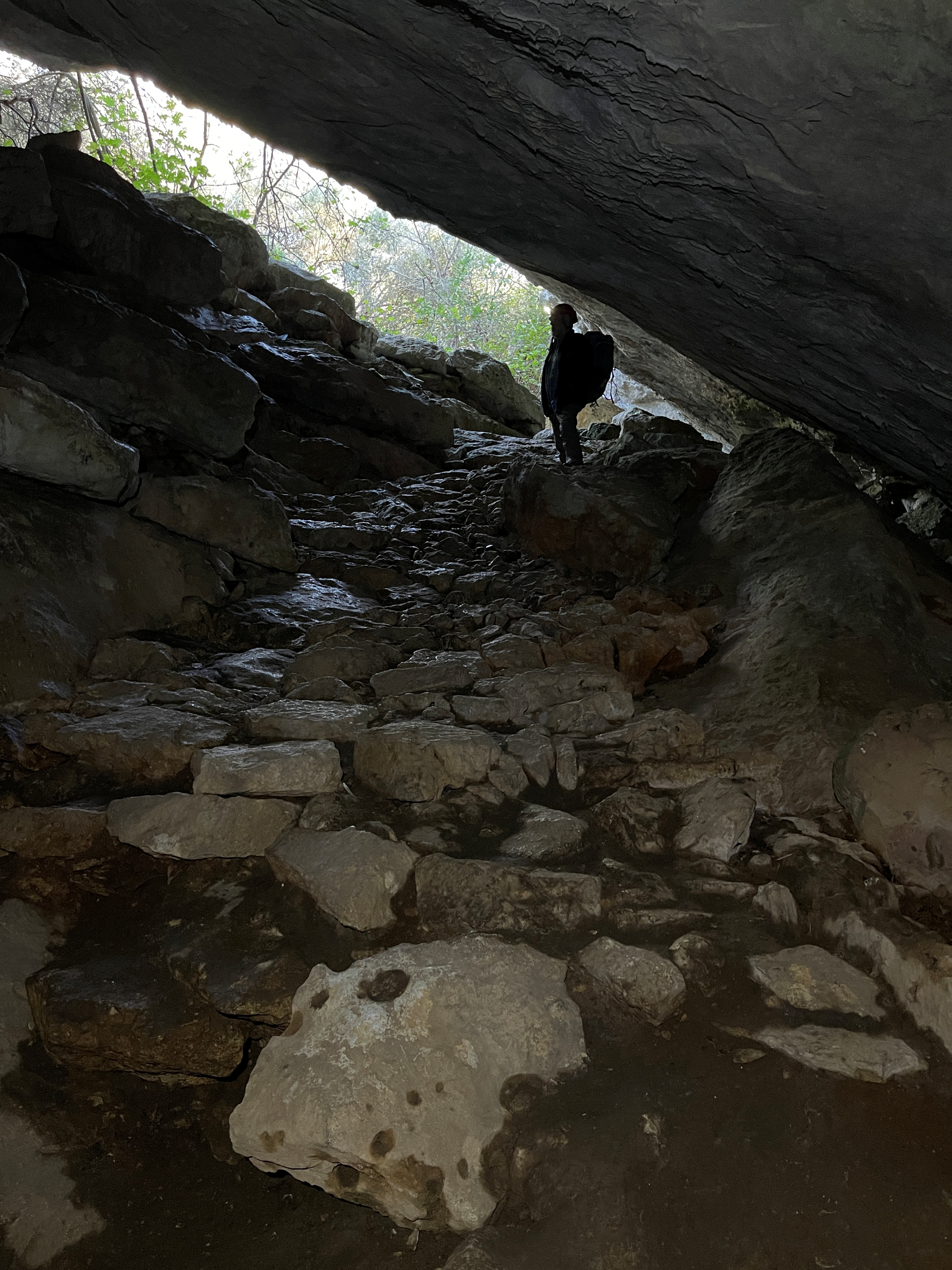Figuring out what our ancestors were up to thousands of years ago is no easy task – but in some regions of the planet, it’s made even harder by a lack of archaeological evidence. One such place is the Mediterranean islands. Working out when humans first arrived here has been a tricky puzzle, but it’s closer to being solved thanks to a submerged bridge buried deep inside an ancient cave.
A team led by University of South Florida geologist Professor Bogdan Onac recently ventured to Mallorca’s Genovesa Cave to conduct a study of the 7.6-meter (25-foot) underwater bridge. The very existence of the bridge, as well as other artifacts they encountered, provide some hints about the early human residents of the region.
“The presence of this submerged bridge and other artifacts indicates a sophisticated level of activity, implying that early settlers recognized the cave’s water resources and strategically built infrastructure to navigate it,” Onac said in a statement.
One of the Spanish Balearic Islands, Mallorca is the sixth largest island in the Mediterranean and boasts a number of incredible historical sites and evidence of ancient settlements. Today, it’s a major tourist hotspot; but for such a large island, it’s thought it was one of the last in the area to be settled by humans.
The most recent thinking, based on studies of charcoal, ash, and bones, suggests that our forebears first reached the island – presumably with towels and sunhats at the ready – about 4,400 years ago. This fits with other key events in the island’s history, such as the extinction of the world’s only cold-blooded mammal, Myotragus balearicus.
However, by exploring the secrets hidden within the Genovesa Cave, Onac’s team is beginning to shed some doubt on this timeline.

The entrance to the Genovesa Cave.
Image credit: B. Onac
The coastal cave is now flooded in several passages due to rising sea levels over the years. The high-water marks are characterized by overgrowths of calcite minerals – a little bit like tree rings, these markings can give archaeologists a frame of reference for dating features of the cave. Combining this data with a distinctive light-colored band towards the top of the bridge, the team estimates that it was constructed between 6,000 and 5,600 years ago.
This indicates that early humans may have been present on the island more than 2,000 years earlier than previously thought.
The team hypothesized that the bridge was constructed to allow humans to traverse what was then a lake in that section of the cave. Between 5,964 and 5,359 years ago, a period of stability in sea levels would have meant that the water level in the cave remained steady, and over time the “bathtub ring” could have formed on the bridge as the minerals were deposited.
Eventually, the water levels rose again, and the structure was fully submerged, as it remains today.

A closer look at our ancestors’ handiwork.
Image credit: R. Landreth
“The exact reasons behind the construction of these structures in Genovesa Cave remain elusive,” the authors write. We can only speculate on the importance of this cave to our ancestors, but studies like this, which combine expertise from different fields to reveal previously hidden secrets, are another reminder that it’s always good to keep an open mind when it comes to the study of our past.
“This research underscores the importance of interdisciplinary collaboration in uncovering historical truths and advancing our understanding of human history,” concluded Onac.
The study is published in the journal Communications Earth & Environment.
Source Link: Ancient Sunken Cave Bridge Reveals Humans Reached Island 2,000 Years Earlier Than Thought